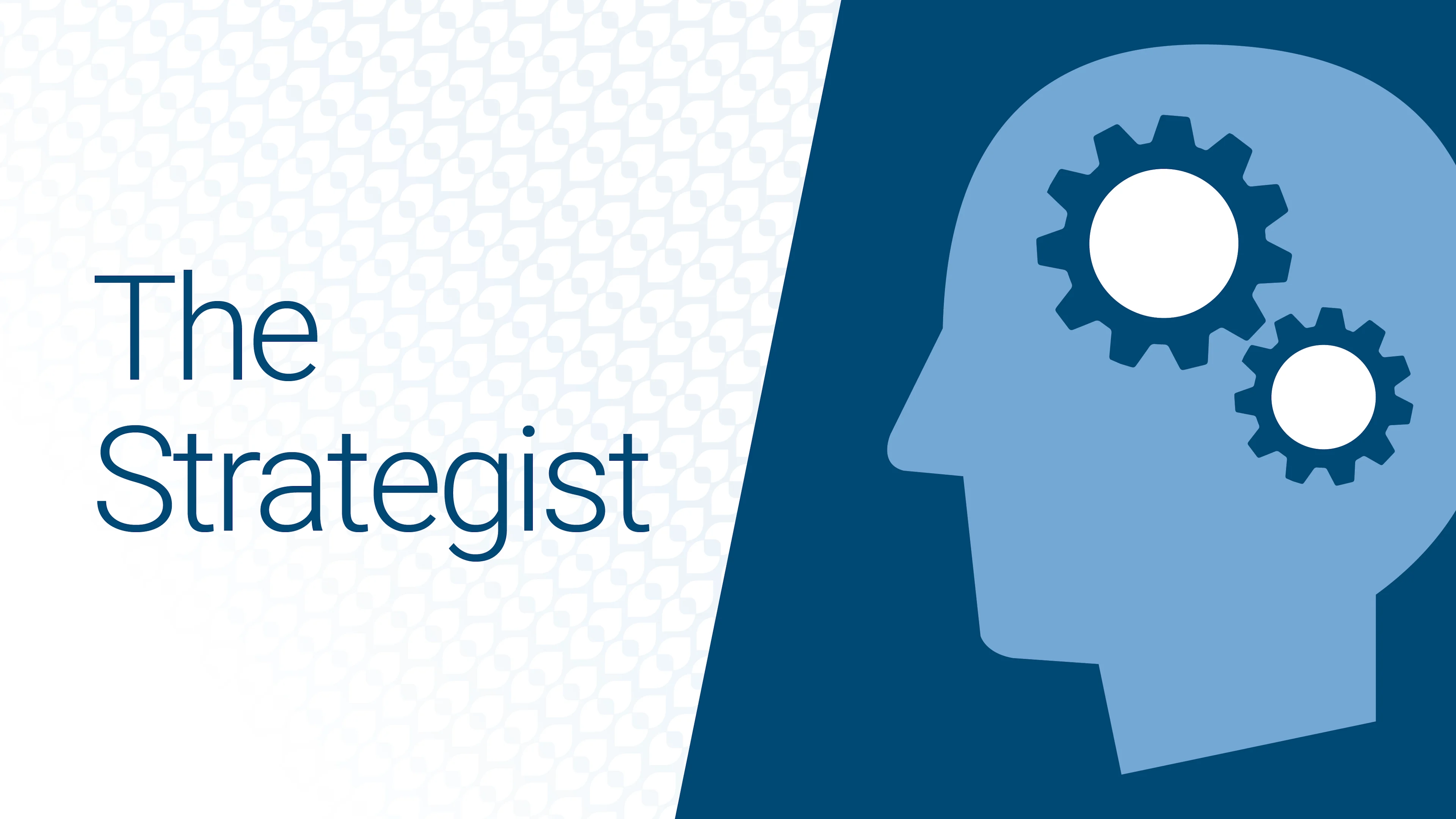For our Academy360 readers: This piece is an excerpt from the June edition of The Strategist— a biweekly publication for strategy leaders. To learn more about Strategy Catalyst's market insights, click here.
In our previous edition, we released part I of a deep dive into the virtual behavioral health market, where we provided a landscape of the major direct-to-consumer disruptors like BetterHelp and Talkspace, and also more specialized companies like Equip. We noted that many of these overcapitalized companies are seeing recent declines in D2C volumes, while others report employers dropping them as mental health benefits. This is leading some to seek out new markets like Medicare.
In Part II in this edition, we’re exploring how health systems are reacting to this market landscape. Given rising incidence of mental health disorders—especially in the older population—as well as critical access issues due to a limited supply of mental health providers, many health systems feel a moral imperative to do something to improve behavioral health access. Many systems have turned to virtual or partnership-based solutions. In this dive, we’ll explore some of these solutions, including systems rolling out AI-enabled chatbots and other innovative new partnerships to achieve greater scale with behavioral offerings.
